This striking moth rests with wings open and half-raised and forewings slightly curled. Can be distinguished from the similar Lunar Thorn by a dark central spot towards the outer edge of the hindwing upperside. The central silver crescent on the forewing is also larger on the Purple Thorn. Second generation moths are typically smaller and paler.
The caterpillars can be found from late May to early July and again in from August to September in southern England.Overwinters as a pupa, just below ground.
The adult moths are rarely seen apart from when attracted to light.
Flight Season
Flies from April to May and again in July and August in two generations. In the north there is often just one generation that flies between May and June. In particularly mild years there is sometimes a partial third generation that flies in late September and into October.
Size and Family
- Family – Ennominae
- Medium Sized
- Wingspan Range – 30-38mm
Conservation status
- UK BAP: Not listed
- Common resident
Caterpillar Food Plants
Caterpillars feed on a variety of broadleaved trees, including Birch (Betula), Hazel (Corylus) and Oak (Quercus).
Habitat
Can be found in woodland, scrub and heathland, often in rural and suburban gardens.
Distribution
- Countries – England, Wales, Scotland
- Common and well distributed
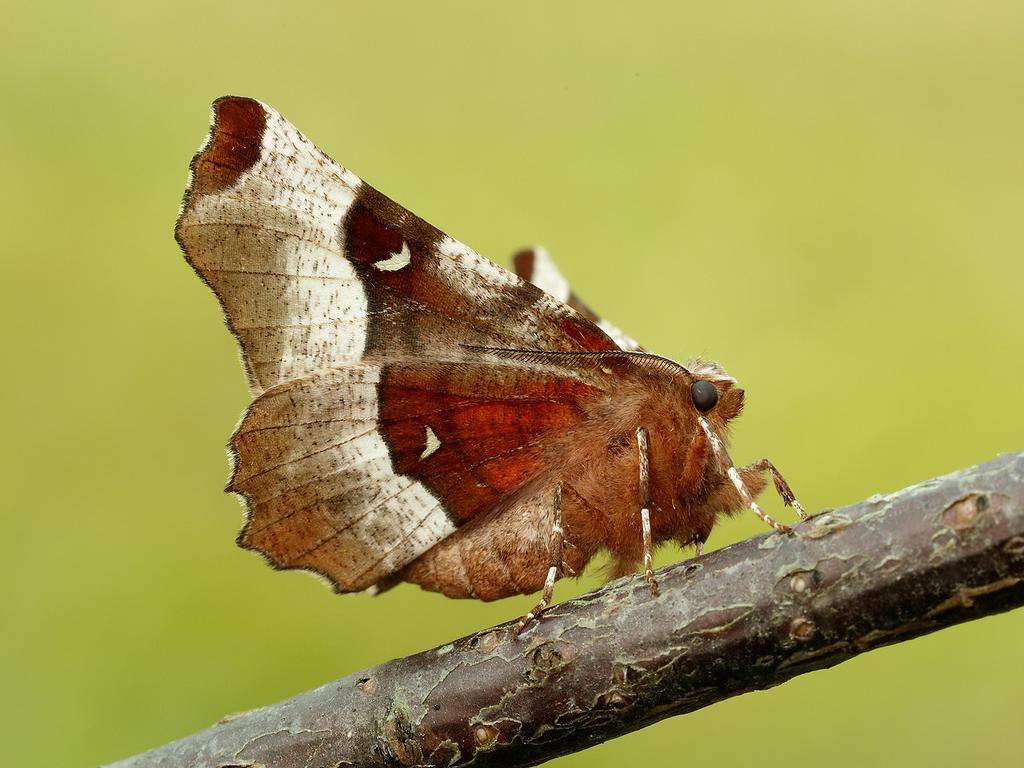
Purple Thorn (underwing) - Iain Leach
Purple Thorn (underwing)
Iain Leach
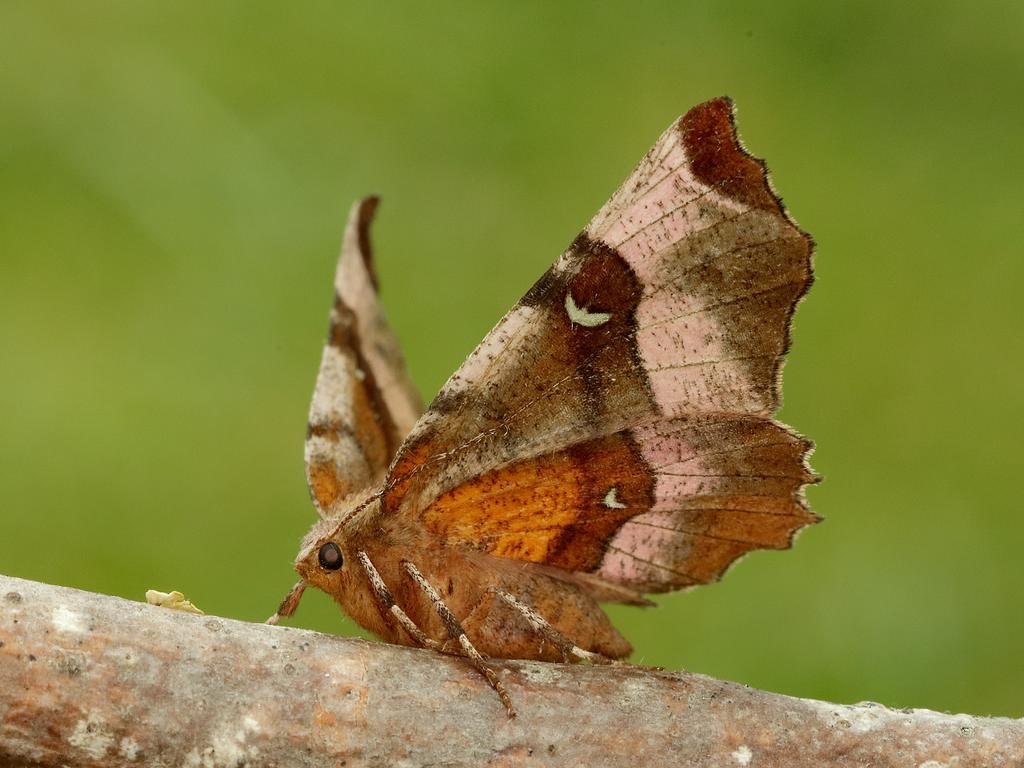
Purple Thorn (underwing) - Iain Leach
Purple Thorn (underwing)
Iain Leach
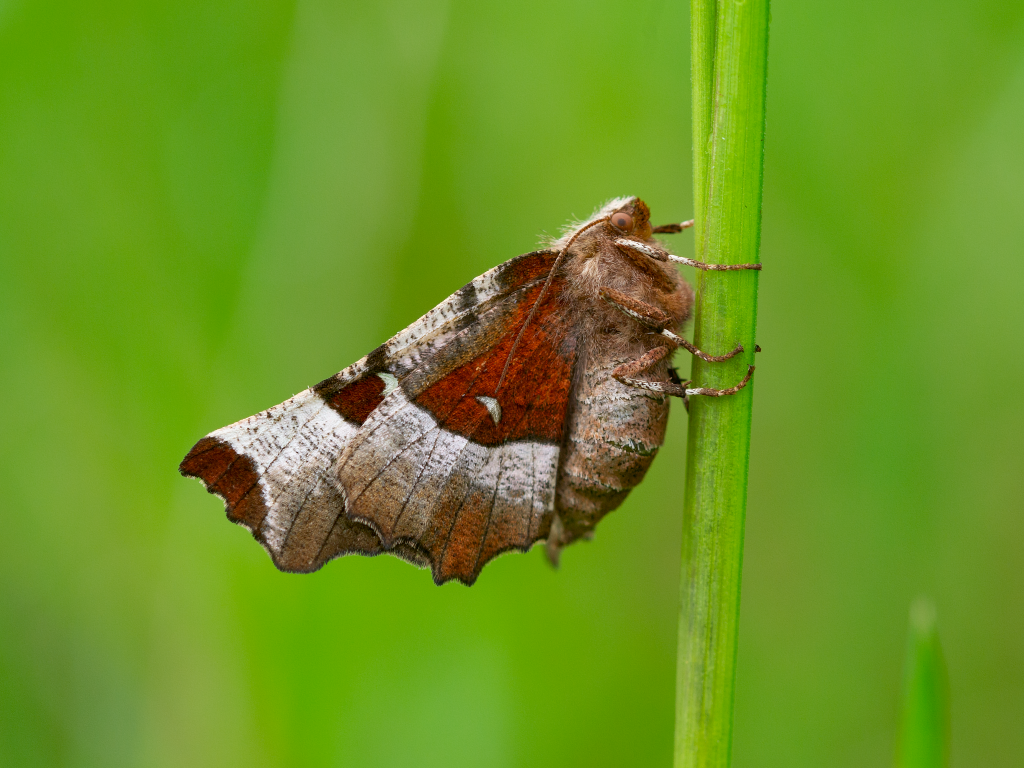
Purple Thorn (underwing) - Andrew Cooper
Purple Thorn (underwing)
Andrew Cooper
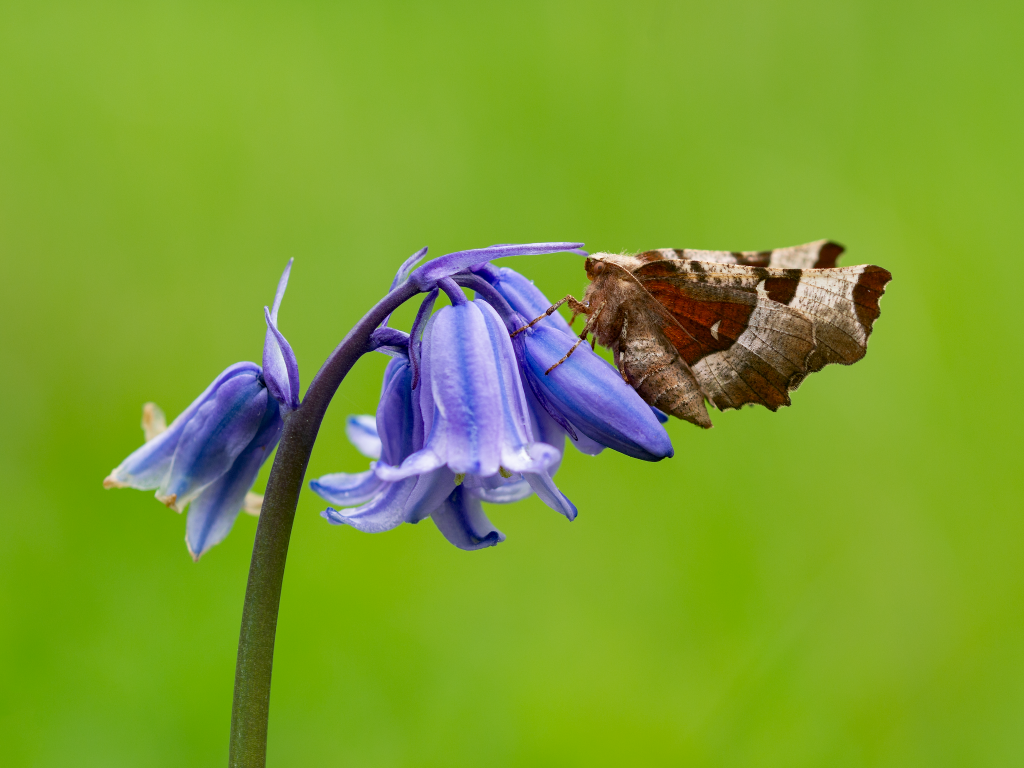
Purple Thorn (underwing) - Andrew Cooper
Purple Thorn (underwing)
Andrew Cooper
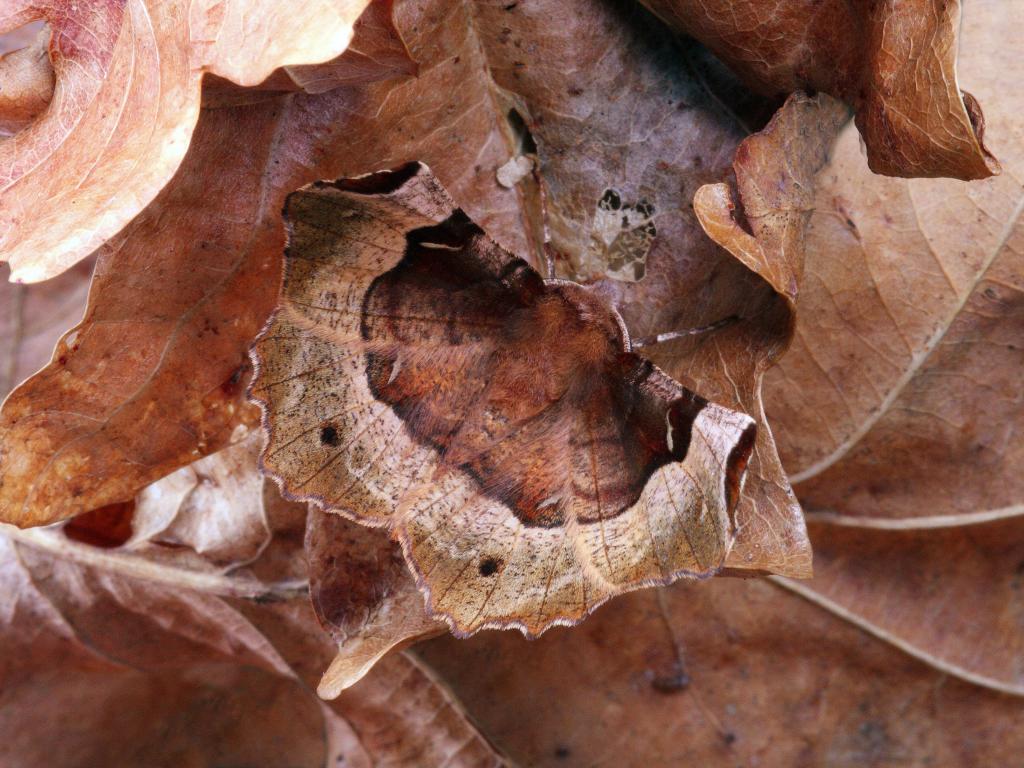
Purple Thorn (upperwing) - Patrick Clement
Purple Thorn (upperwing)
Patrick Clement
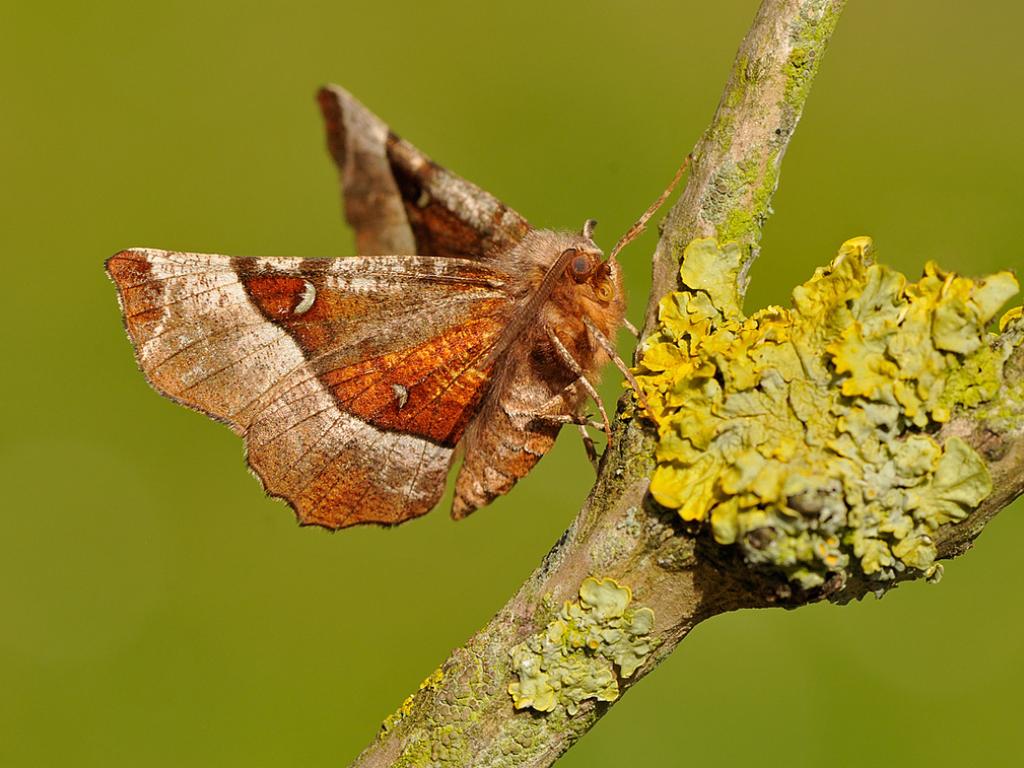
Purple Thorn (underwing) - Pete Withers
Purple Thorn (underwing)
Pete Withers
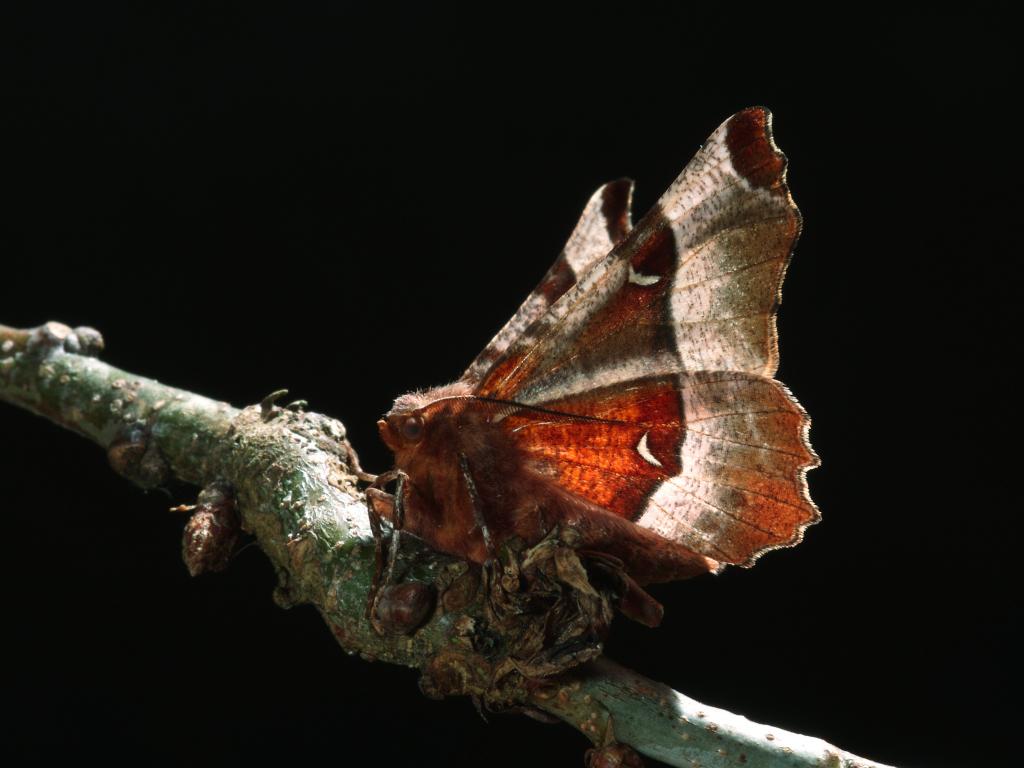
Purple Thorn (underwing) - Patrick Clement
Purple Thorn (underwing)_night
Purple Thorn (underwing) - Patrick Clement
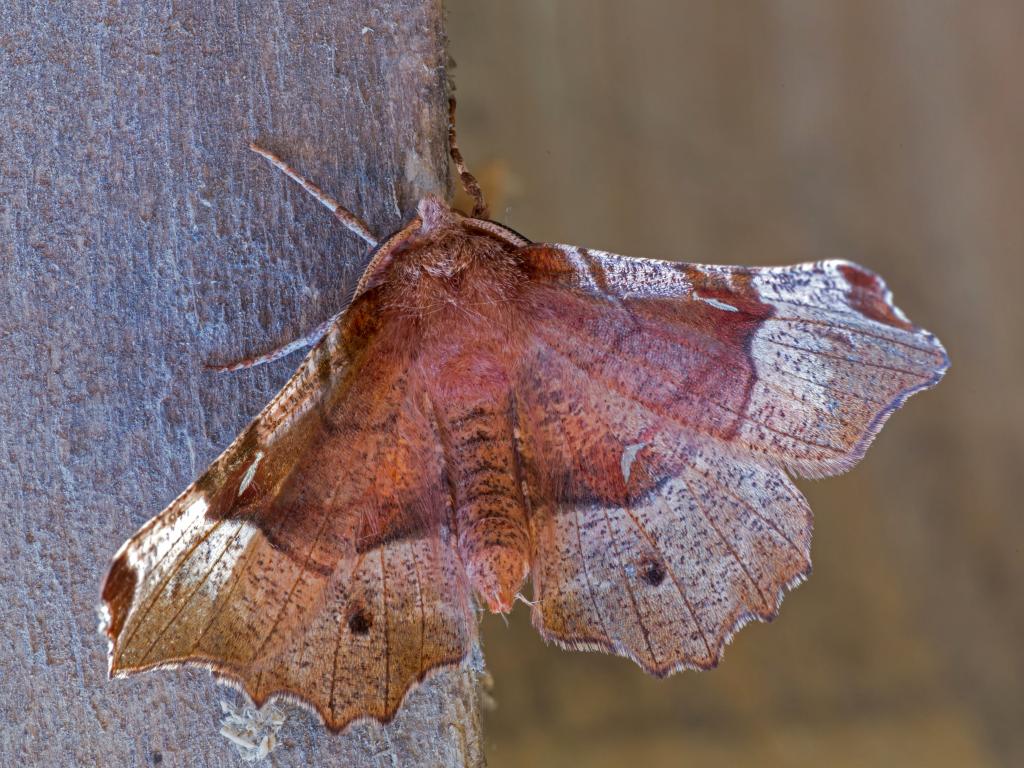
Purple Thorn (upperwing) - Derek Parker
Purple Thorn (upperwing)
Derek Parker
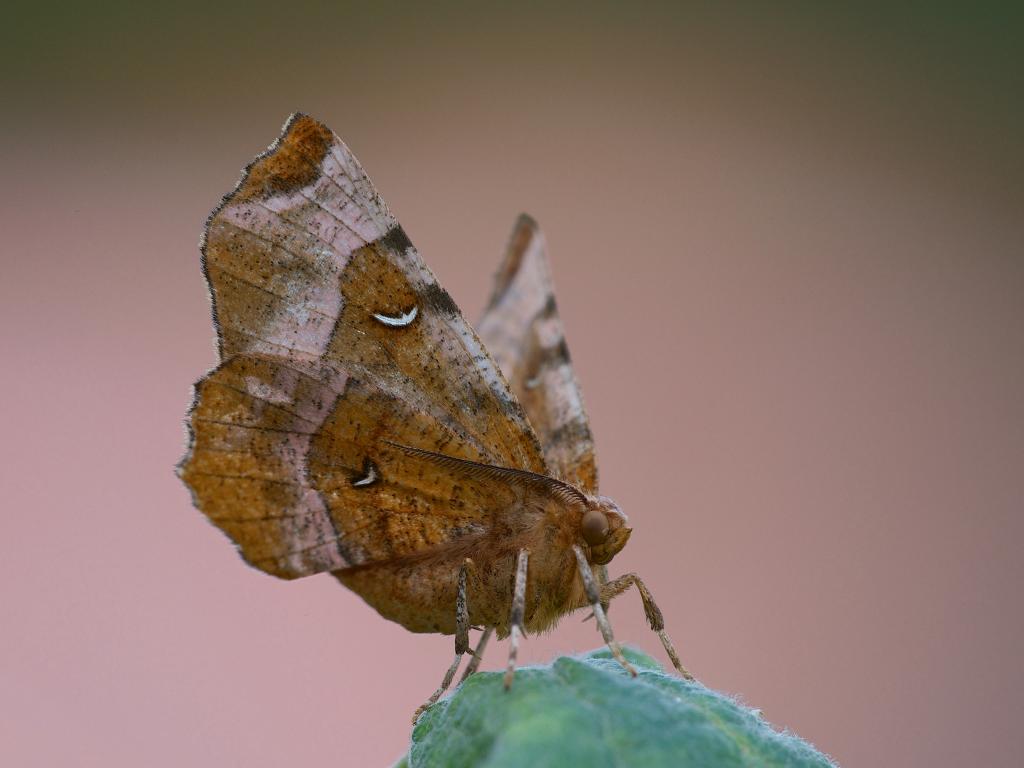
Purple Thorn (underwing) - Rob Blanken
Purple Thorn (underwing)
Rob Blanken
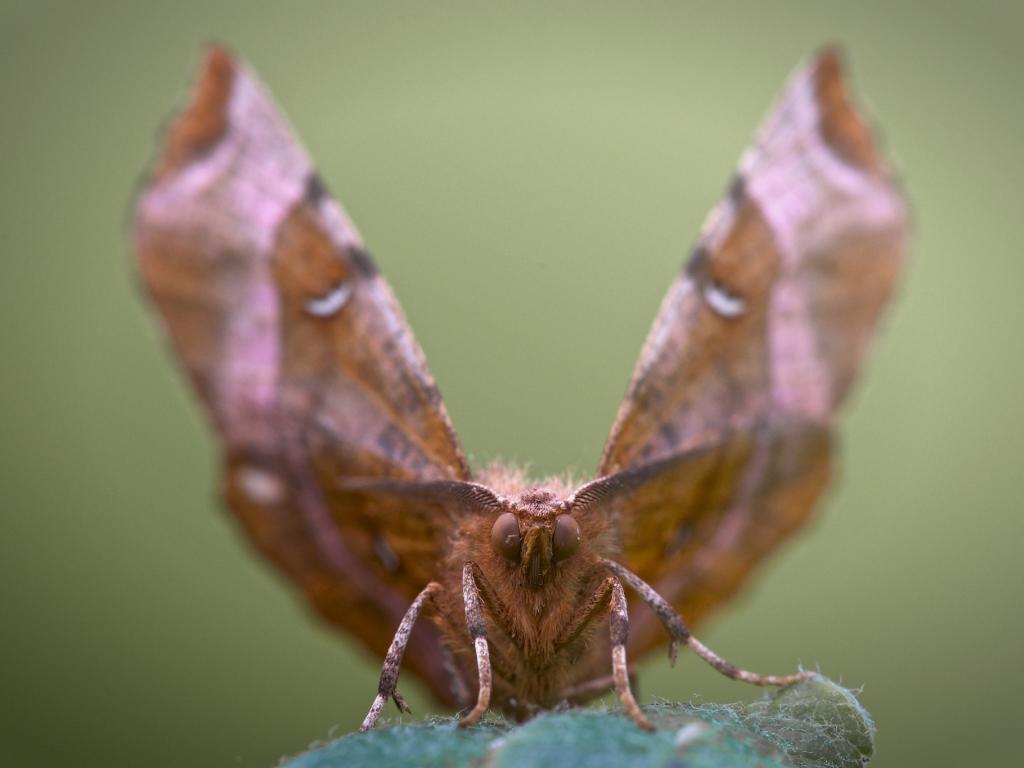
Purple Thorn - Rob Blanken
Purple Thorn
Rob Blanken
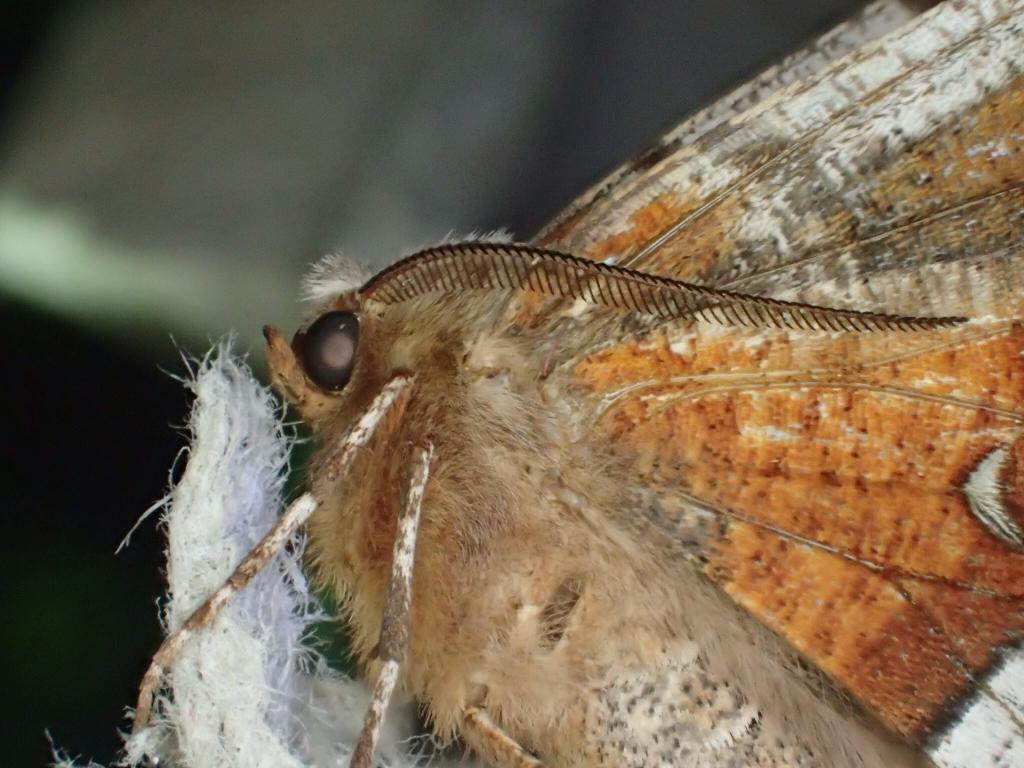
Purple Thorn - Dave Shenton
Purple Thorn
Dave Shenton

